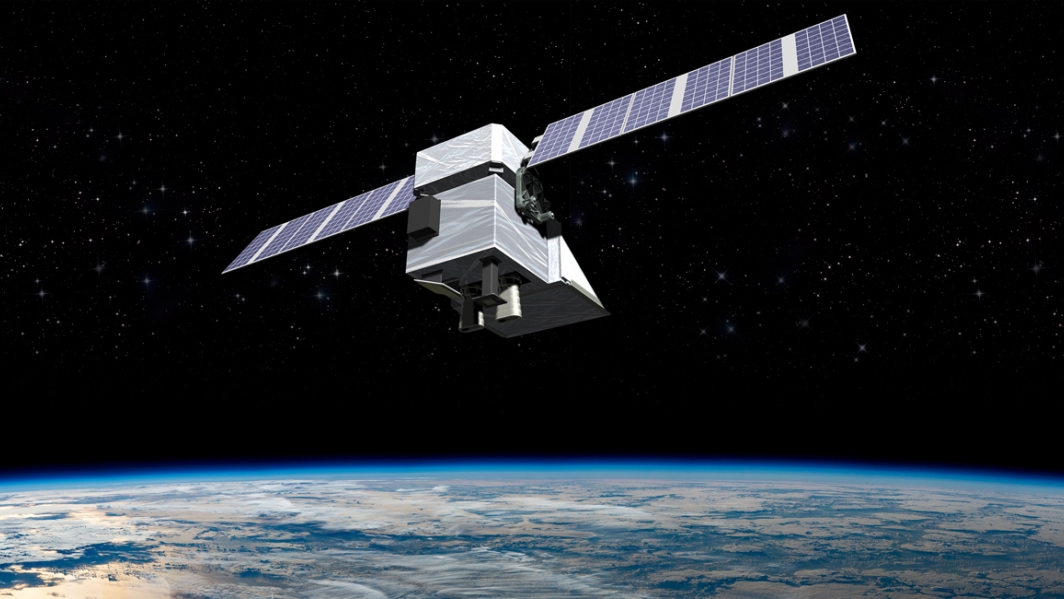-
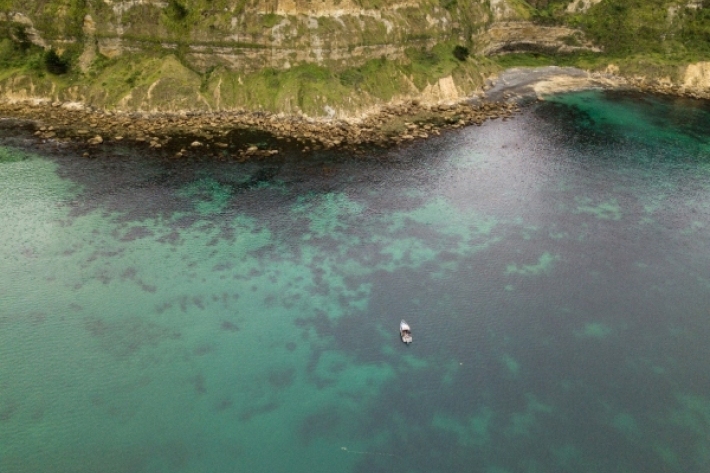
Responding to and preparing for extreme weather events
Research ProjectNIWA-led research -
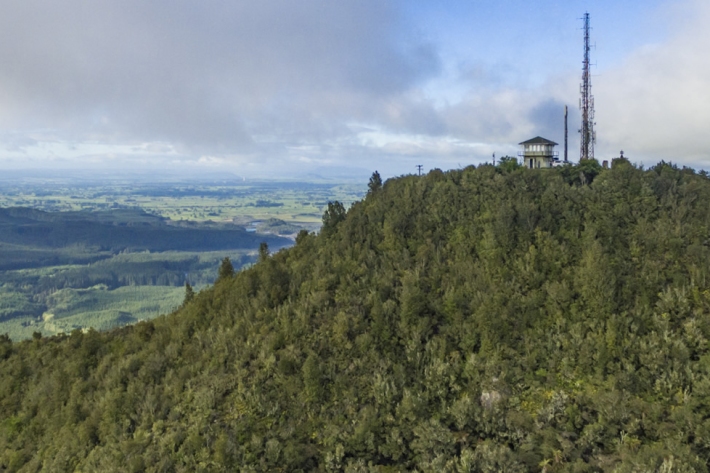
CarbonWatch NZ
CarbonWatch NZ is an internationally-recognised research programme that will enable New Zealand to make the right decisions for a zero carbon future. -
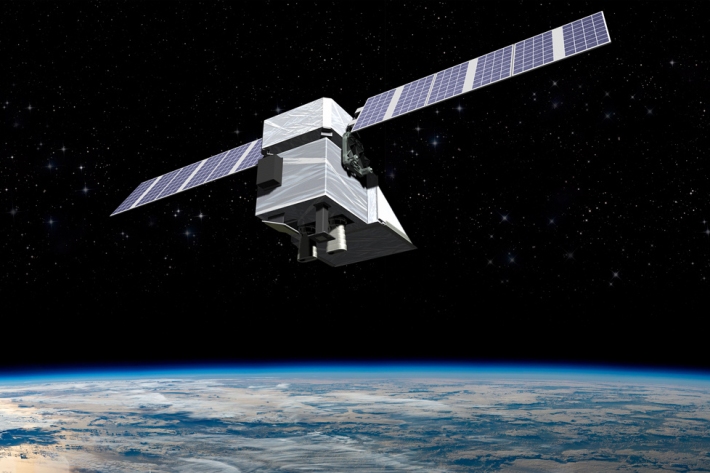
MethaneSAT
Research ProjectDetecting and quantifying methane emissions by satellite -

Reducing COVID-19 transmission through increased ventilation
Research ProjectFunded by the Ministry of Health, NIWA air quality researchers are carrying out research to understand ventilation behaviour and examine how well spaces used by our most vulnerable populations are, and could be, ventilated. -
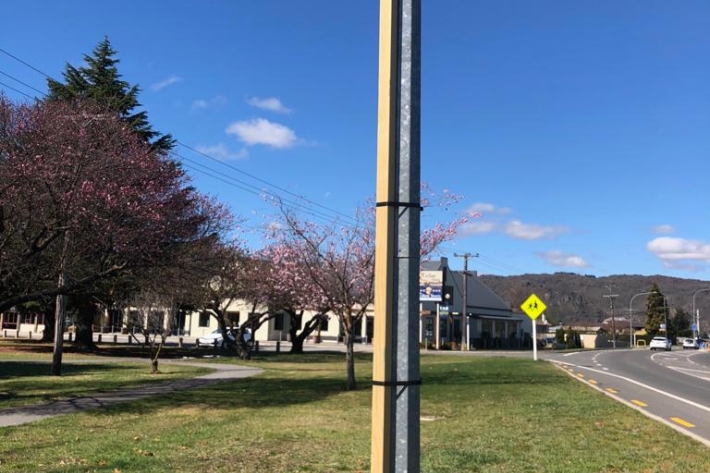
Community air: Air quality issues in NZ towns
Research ProjectCommunity Air is a family of research studies, community projects and commercial services that empower local communities to engage with, assess and tackle local air quality issues. -
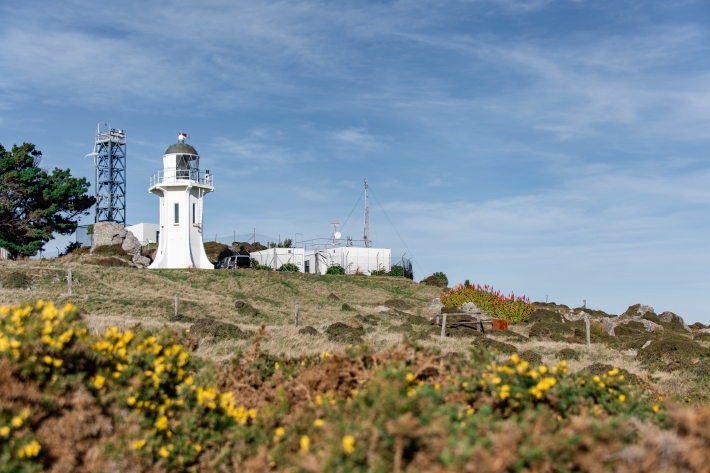
Baring Head Atmospheric Research Station
FacilityThe Baring Head station, which overlooks Cook Strait, has been operating since 1972 and the data collected there makes significant contributions to our global understanding of greenhouse gases. -
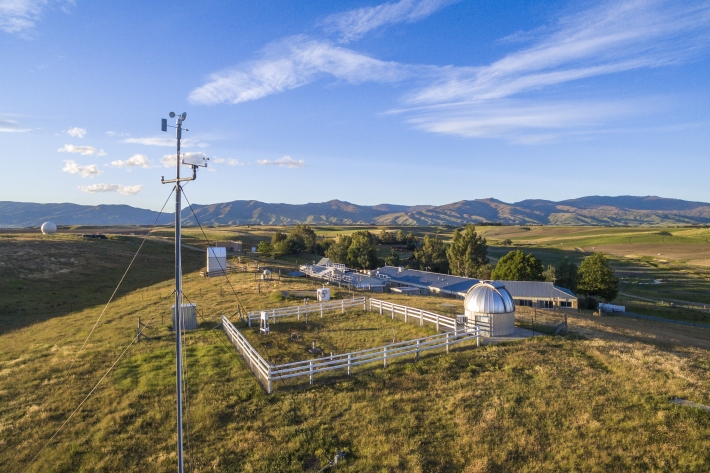
Lauder Atmospheric Research Station
FacilityNIWA's Atmospheric Research Station at Lauder in Central Otago specialises in measuring CFCs, ozone, UV levels and greenhouse gases and has a wide range of world-class instruments and research scientists. -

Traffic emissions mapping - black carbon and nitrogen dioxide
Research ProjectBlack carbon, commonly known as soot, is made of microscopic particles generated by incomplete combustion. Download our latest maps of long-term average concentrations of black carbon from road traffic. Equivalent maps for nitrogen dioxide (NO2) are coming soon. -
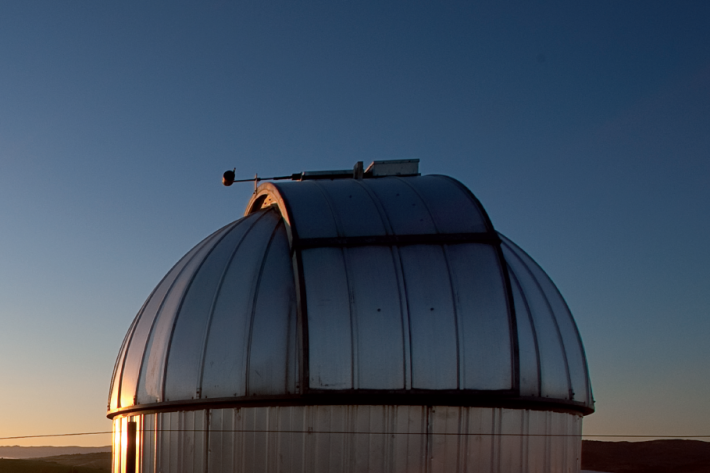
Total Carbon Column Observing Network
Research ProjectNIWA participates in the Total Carbon Column Observing Network, a ground-based observing network dedicated to making precise and accurate measurements of greenhouse gas concentrations in different parts of the atmosphere. -
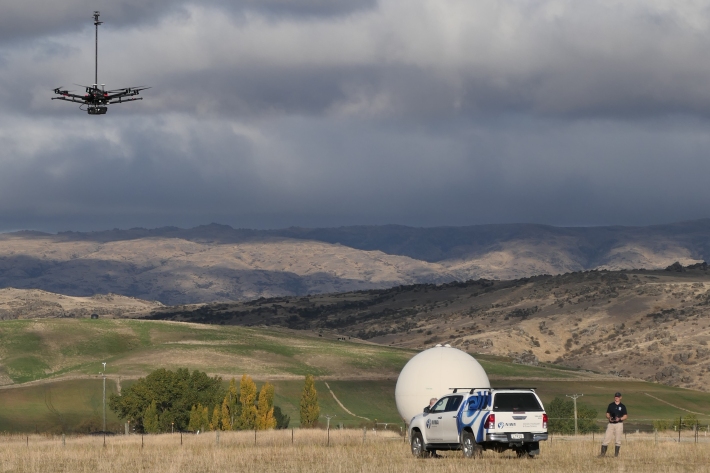
Accurate quantification of methane emissions from waste and agriculture
Research ProjectNIWA researchers are testing new methods for quantifying methane emissions from agriculture and waste. -

Greenhouse and trace gases
NIWA carries out world-class research that contributes to our understanding of greenhouse gases, including emissions and uptake across cities, forests, farms and oceans. -

Atmospheric analysis
NIWA has been using advanced scientific instruments to measure atmospheric trace gases and isotopes for over 50 years.

